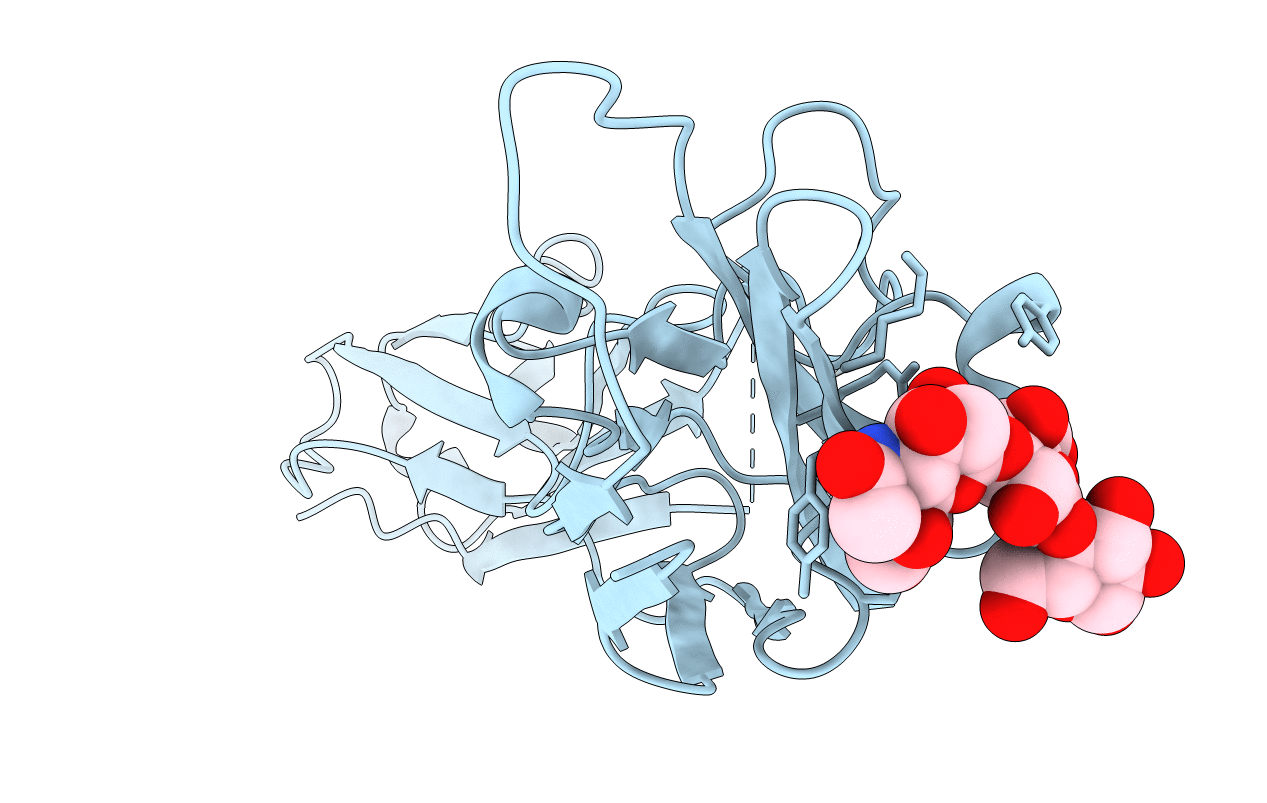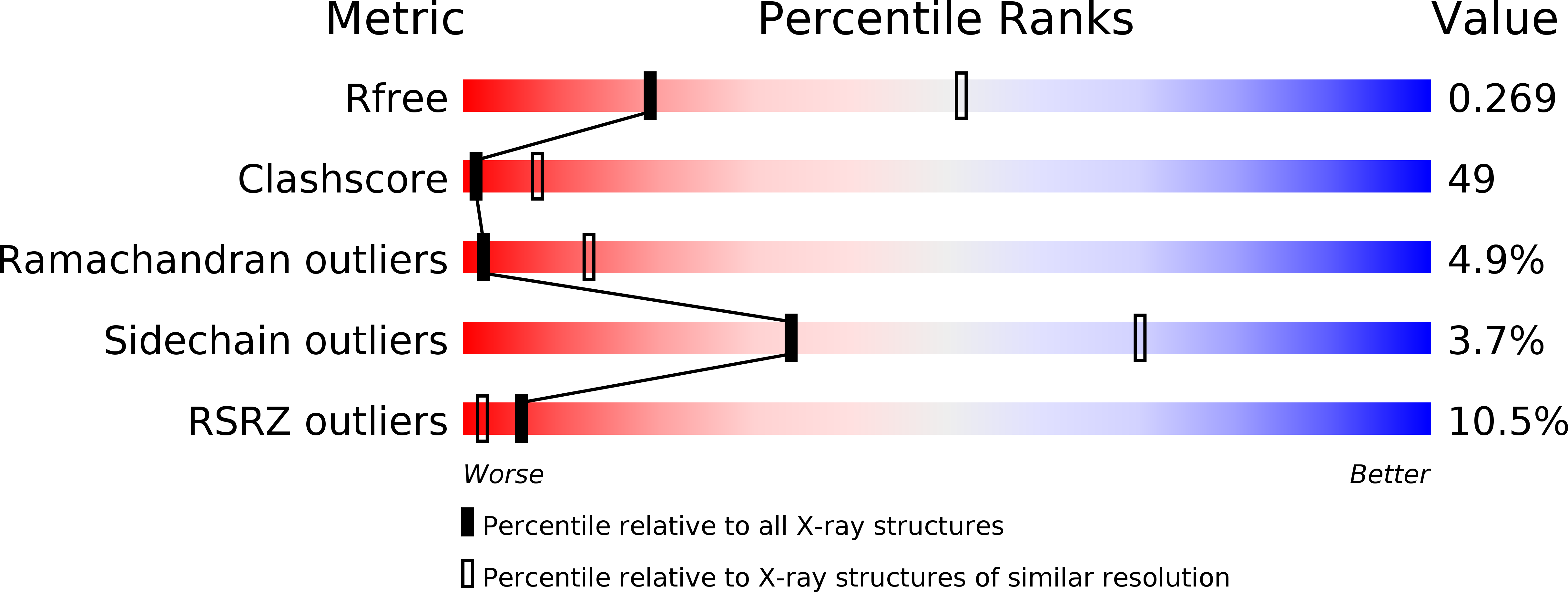
Deposition Date
2008-01-17
Release Date
2008-02-05
Last Version Date
2024-10-16
Entry Detail
PDB ID:
2ZG3
Title:
Crystal Structure of Two N-terminal Domains of Native Siglec-5 in Complex with 3'-Sialyllactose
Biological Source:
Source Organism:
Homo sapiens (Taxon ID: 9606)
Host Organism:
Method Details:
Experimental Method:
Resolution:
3.00 Å
R-Value Free:
0.27
R-Value Work:
0.23
Space Group:
H 3 2


